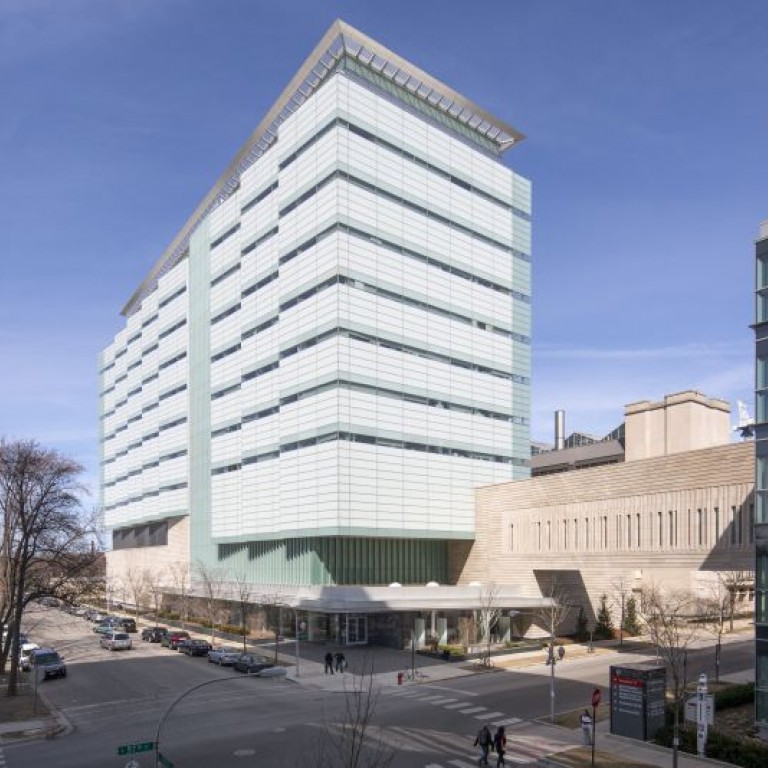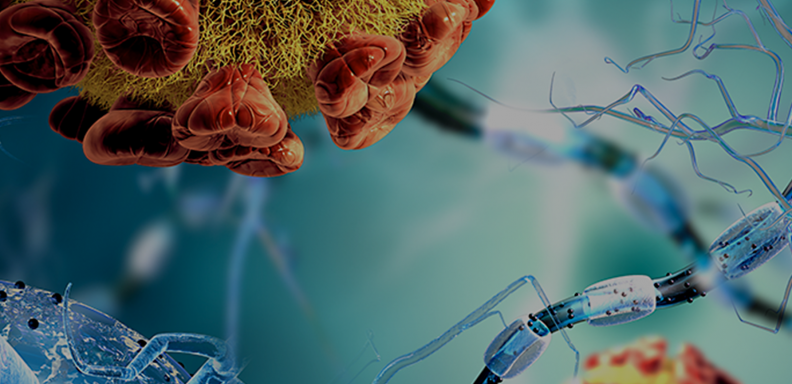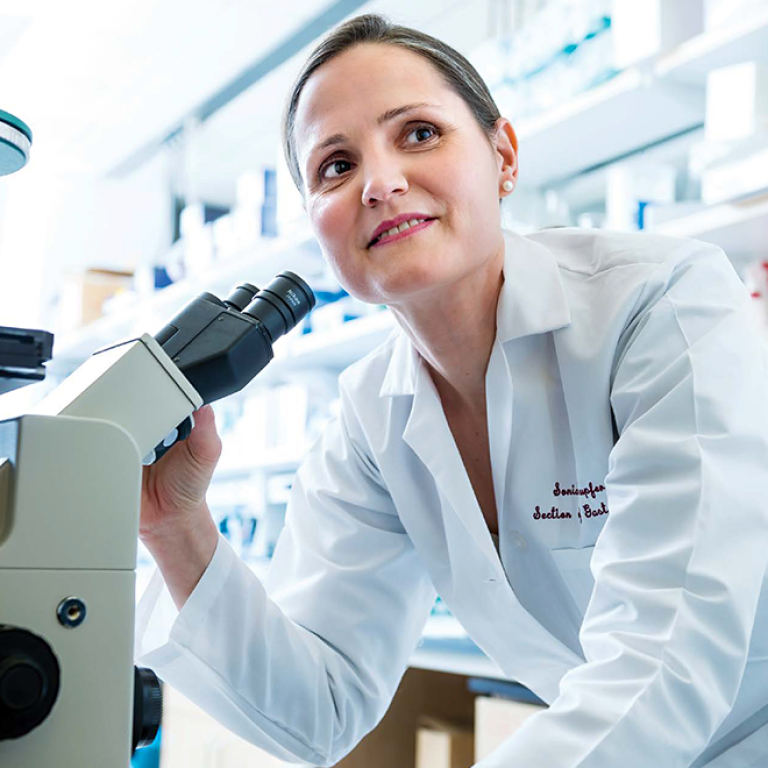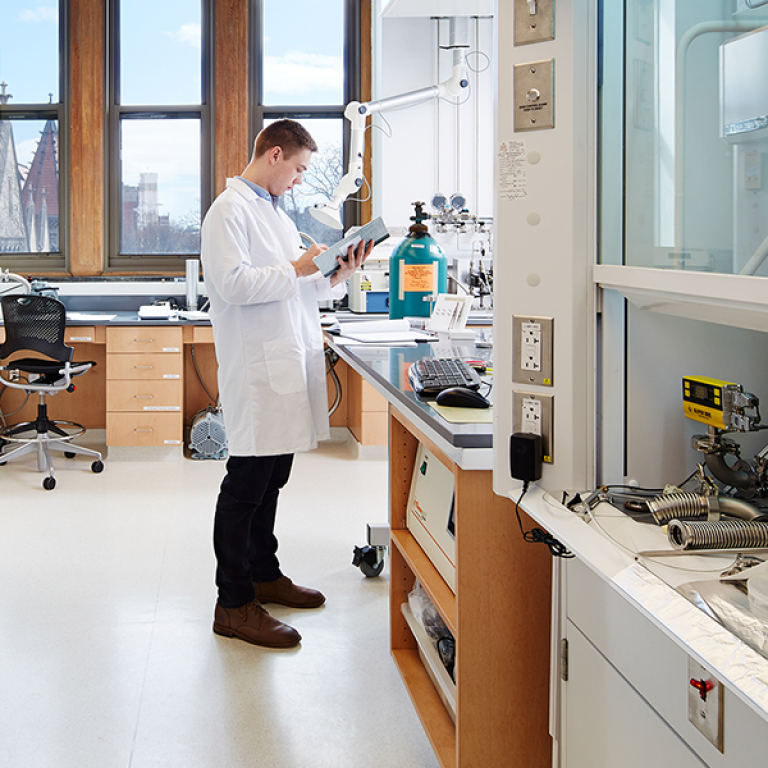Timing is everything. You may have heard this phrase before, but your cells have internalized it. Every cell in your body actually contains a clock made up of interlocking feedback loops of proteins and “clock” genes to keep you in sync with your environment.
These clocks developed to anticipate recurring daily changes in the environment, with each cycle taking around 24 hours to complete. Thanks to a brave group of researchers, we know they still tick away even in the absence of any outside time information. In the 1930s, groups of experimenters isolated themselves in caves, away from the usual cues of alternating day and night. They wanted to discover whether their internal clocks could still keep time in isolation. For months, they had no access to the outside world, and yet they still spent around 16 hours awake and 8 hours asleep, indicating some internal 24-hour (ish) clock was still present. The longer these researchers spent in isolation, however, the more they slowly drifted out of sync with the outside environment. In fact, each person’s internal clock is slightly different from 24 hours, like a circadian fingerprint, and must be calibrated daily by environmental time cues in order to remain at 24 hours exactly.
Each cellular clock pays attention to different factors relevant to the tissue where it lives. For example, your liver clock pays attention to the timing of your meals so that it can prepare the body to process nutrients efficiently. On the other hand, the clock in your brain cares most about a cue particularly relevant for our survival: light. This clock developed to keep careful track of sunrise and sunset—and now, just as often, the blue light emanating from your laptop and phone. Under ideal conditions, these different clocks keep time in their own part of the body and communicate with every other clock in the body, keeping each one in sync.
But what happens to this system, for instance, when you’re up at 2am cramming for a deadline and snacking on whatever’s buried in the back of your cabinets? How can the body make sense of these time signals occurring at the biologically wrong time of day?
Mismatched time signals
This mismatch of time information across biological clocks is called circadian misalignment. This occurs when the timing of your social activities (such as work or leisure), your sleep schedule and food intake, and your internal biological time are out of sync. You can thank circadian misalignment for making you feel terrible when you land in a new time zone. Jet lag is caused by the mismatch of time signals between your brain clock, which responds quickly to the light of your new location, and the clocks in the rest of your body, which take a few days to readjust.
In short bursts, circadian misalignment is not a fun experience, although it does no real lasting harm. But when misalignment occurs over and over again, significant effects on health start to emerge. Because of our 24/7 culture, 15-20% of the workforce in the United States is comprised of shift workers, who work out of sync with the light-dark cycle and are exposed to chronic circadian disruption. This misalignment is associated with a higher risk of development of many disorders and diseases, including sleep disorders, obesity, cancer, cardiovascular disease, depression, and even neurodegenerative diseases. To reduce these health problems, it’s important to understand how we can manipulate the time cues reaching each of these clocks in order to keep them synchronized with each other.
I work as a graduate student researcher at the University of Chicago in the Lab of Brian Prendergast, PhD, Professor of Psychology, investigating how time cues between different clocks within the body interact. Specifically, I look at how simple lifestyle changes such as the timing of light and food can increase circadian alignment. New research has highlighted the importance of this alignment for neurogenerative disorders that involve the progressive loss of brain cells and cognitive function, such as Alzheimer’s, Huntington’s, and Parkinson’s Diseases. In a recent study looking at a Huntington’s mouse model, researchers found that these mice were worse at being nocturnal than normal mice. Researchers were able to re-align the circadian clocks of these mice by feeding them only during the middle of the night, when they should be eating,. This time-restricted feeding also improved motor coordination and sleep, two debilitating symptoms of Huntington’s disease. All of this just from changing the time mice eat!
In my own research, I look at how time-restricted feeding affects Alzheimer’s disease (AD) progression in mice. The hallmark of AD in humans is a buildup of two kinds of proteins, tau and amyloid, that damage and ultimately kill brain cells, causing memory issues. Mouse models of AD produce large amounts of one or both of these proteins in the brain, resulting in similar cognitive impairments. Researchers can then use these mice to look at how therapies impact the amount of protein in the brain and how this impacts behavior.



